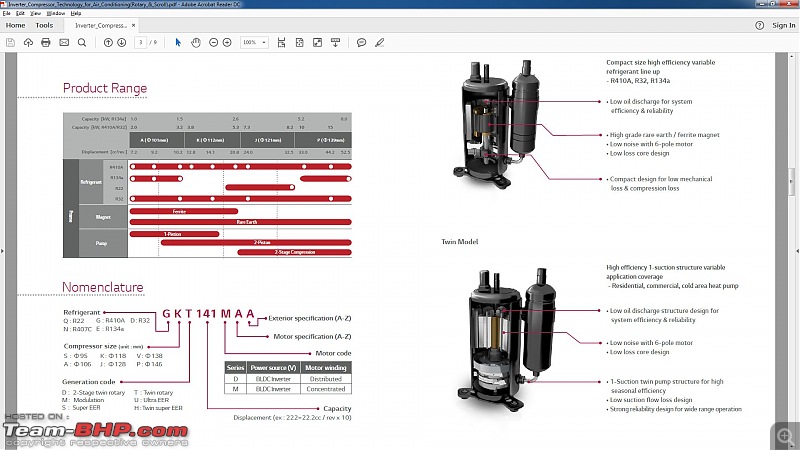| | #5851 |
| BANNED Join Date: Dec 2007 Location: Gurugram
Posts: 7,969
Thanked: 4,788 Times
| |
| |
| |
| | #5852 |
| Senior - BHPian Join Date: Jul 2010 Location: Hyderabad
Posts: 2,007
Thanked: 2,443 Times
| |
| |
| | #5853 |
| Senior - BHPian | |
| |
| | #5854 |
| Senior - BHPian Join Date: Jul 2010 Location: Hyderabad
Posts: 2,007
Thanked: 2,443 Times
| |
| |
| | #5855 |
| BHPian Join Date: Nov 2009 Location: Ahmedabad
Posts: 163
Thanked: 181 Times
| |
| |
| | #5856 |
| Distinguished - BHPian  Join Date: Jun 2007 Location: Chennai
Posts: 11,005
Thanked: 26,447 Times
| |
| |
| | #5857 |
| BHPian Join Date: Jul 2008 Location: Madras
Posts: 775
Thanked: 1,329 Times
| |
| |
| | #5858 |
| BANNED Join Date: Dec 2007 Location: Gurugram
Posts: 7,969
Thanked: 4,788 Times
| |
| |
| | #5859 |
| BHPian Join Date: Sep 2014 Location: Mumbai
Posts: 775
Thanked: 2,700 Times
| |
| |
| | #5860 |
| Distinguished - BHPian  Join Date: Jun 2007 Location: Chennai
Posts: 11,005
Thanked: 26,447 Times
| |
| |
| | #5861 |
| BHPian Join Date: Jun 2017 Location: City of Lakes
Posts: 203
Thanked: 717 Times
| |
| |
| |
| | #5862 |
| Senior - BHPian | |
| |
| | #5863 |
| BANNED Join Date: Dec 2012 Location: bangalore
Posts: 788
Thanked: 2,499 Times
Infractions: 0/1 (5) | |
| |
| | #5864 |
| BHPian Join Date: Aug 2014 Location: DEL, SFO
Posts: 901
Thanked: 2,838 Times
| |
| |
| | #5865 |
| BHPian Join Date: Aug 2014 Location: DEL, SFO
Posts: 901
Thanked: 2,838 Times
| |
| |
 |
Most Viewed






 .
.

